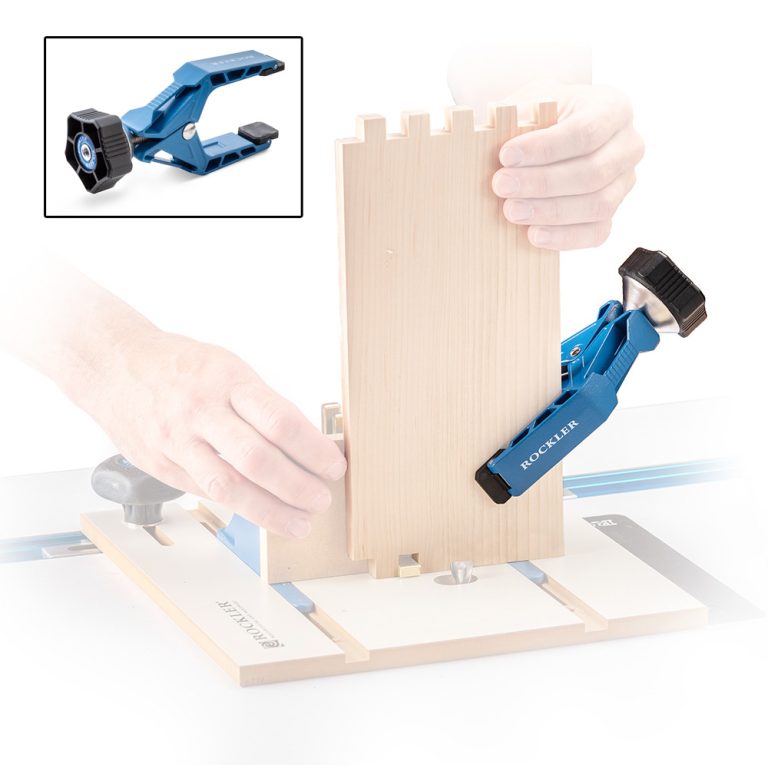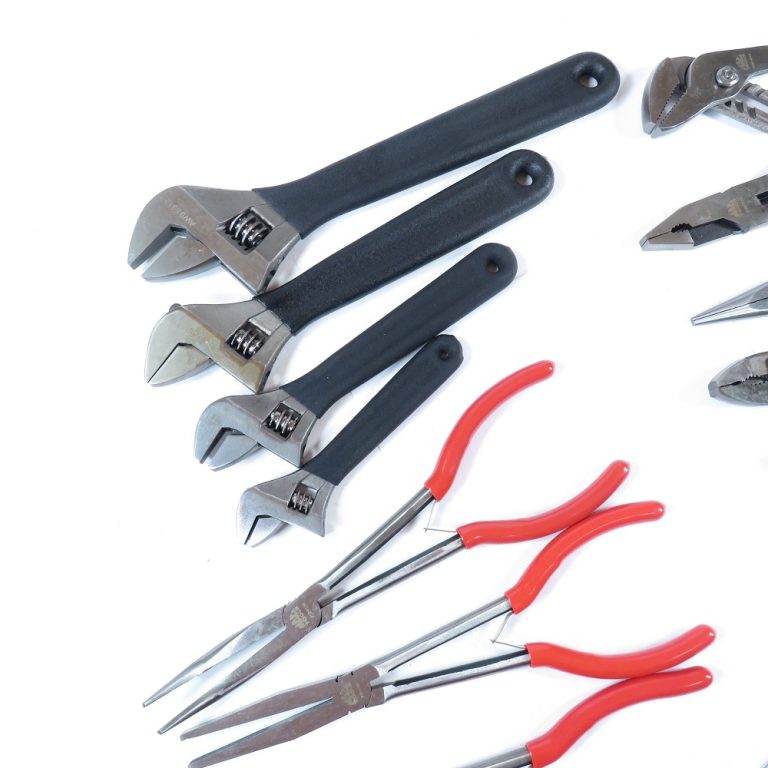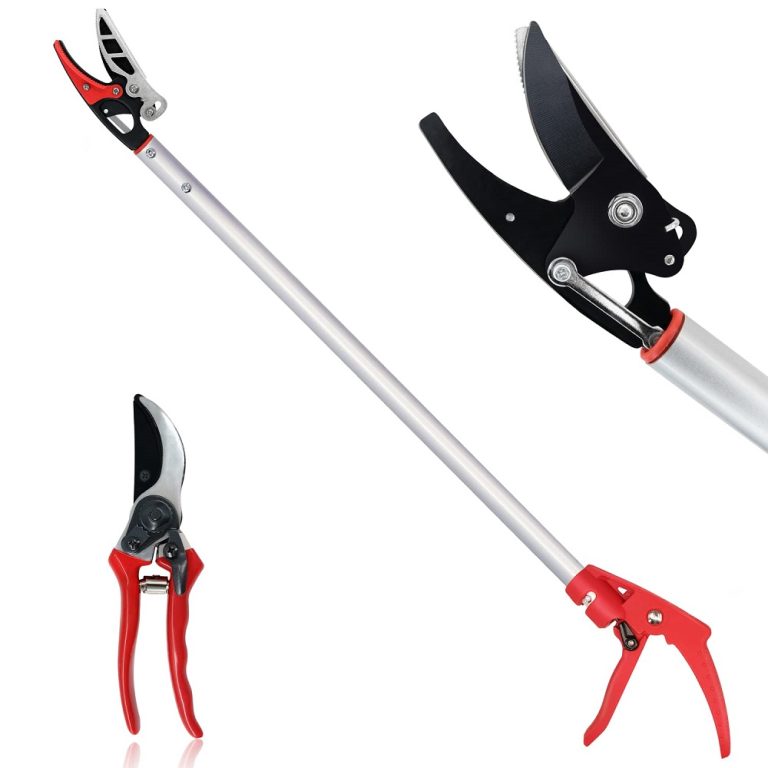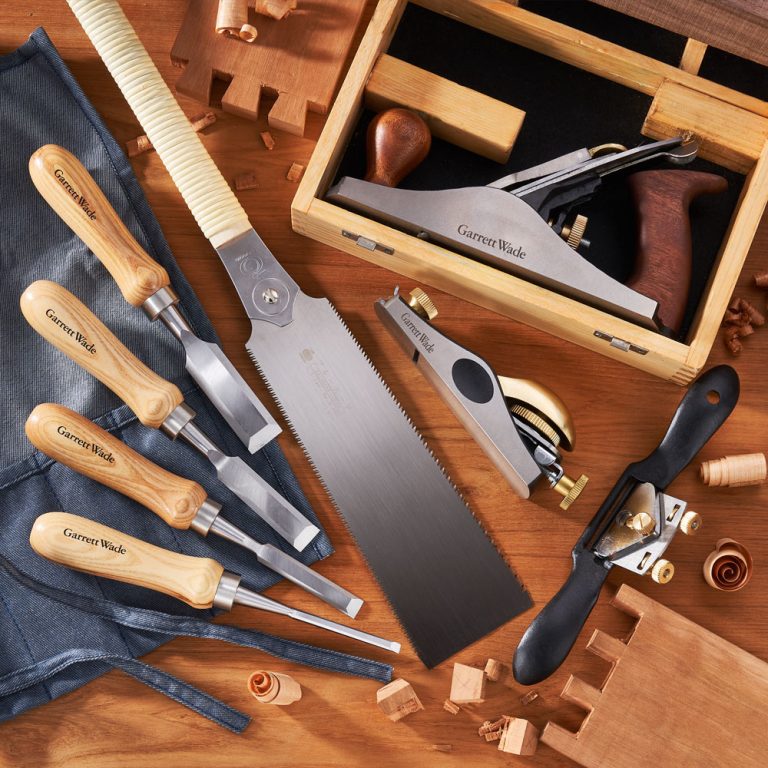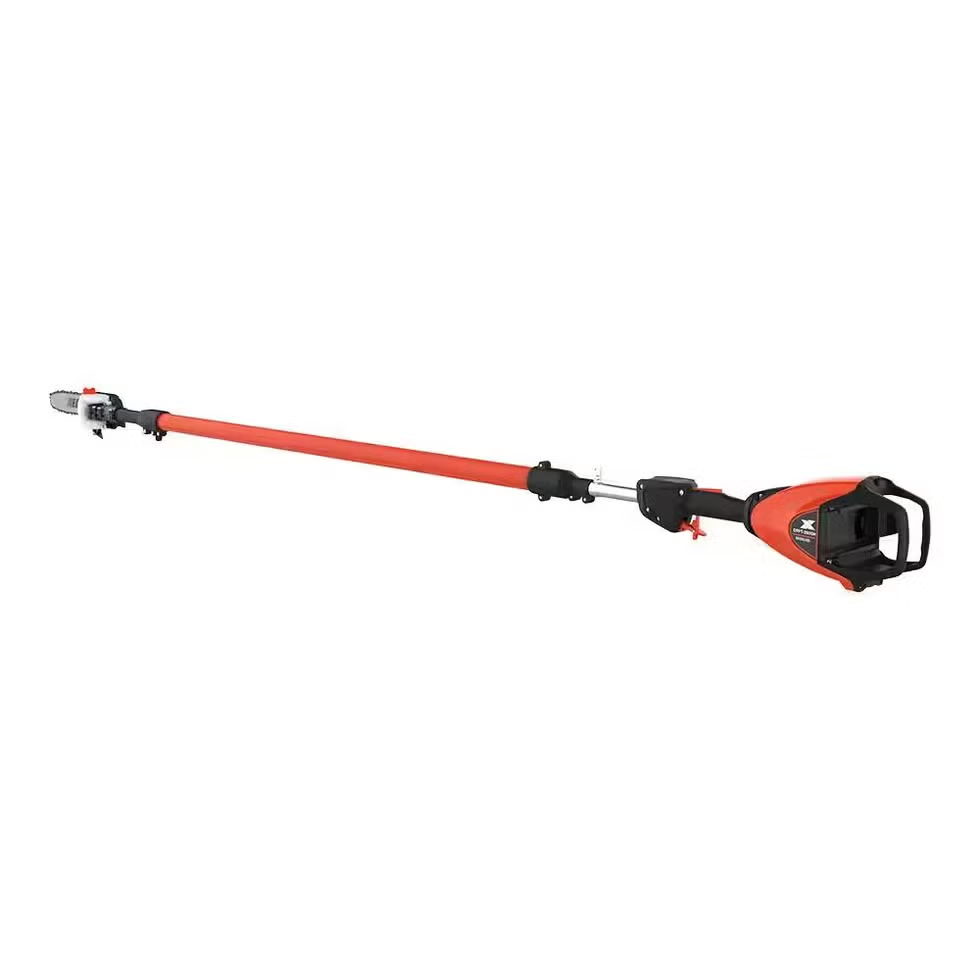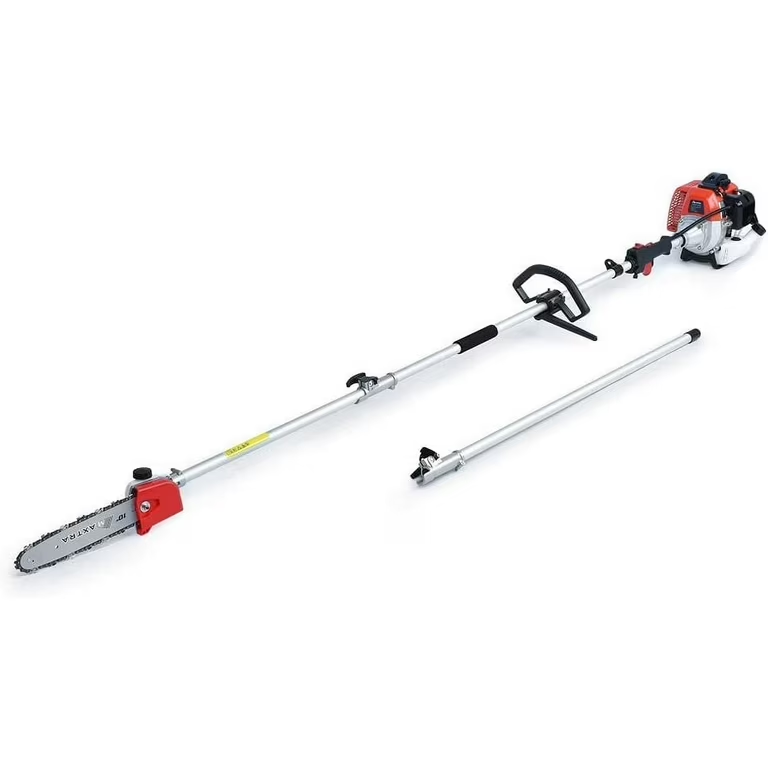Introduction to Dewalt Table Saws
Dewalt table saws are renowned for their reliability and precision. Ideal for both hobbyists and professional woodworkers, these saws provide a sturdy platform for a variety of cutting tasks. Dewalt’s table saws are known for powerful motors and large rip capacities, making them a top choice in workshops.
Featuring adjustable components and user-friendly controls, they cater to different woodworking needs. Whether you are ripping sheets of plywood or making precise cuts in hardwood, a Dewalt table saw can handle the job. Not only do these saws offer versatility, but they also come with enhanced safety features, which are crucial in any woodworking environment.
For someone starting in woodworking, choosing a Dewalt table saw means investing in a tool that will facilitate growth in the craft. Its robust build and ease of use make it a valuable addition to any workshop. In the following sections, we’ll explore the key features that set Dewalt table saws apart from the competition.

Key Features of Dewalt Table Saws
When selecting a table saw, it’s essential to consider its key features. Dewalt table saws stand out due to a set of impressive characteristics that enhance their performance and user experience. Here are the main features that distinguish Dewalt table saws in the market:
- Powerful Motor: Dewalt table saws come equipped with robust motors. These provide the necessary power for cutting through hardwoods and other tough materials without bogging down.
- Large Rip Capacity: The ability to rip wide sheets of material is a significant advantage. Dewalt saws offer a large rip capacity, accommodating wider sheets with ease.
- Rack and Pinion Fence System: Precision is key in woodworking. Dewalt table saws utilize a rack and pinion fence system. This ensures accurate, smooth, and easy adjustments.
- Portable Design: Portability matters for professionals on the go. Some Dewalt models are designed to be easily transported from job site to job site.
- Tool-Free Adjustments: Time is valuable in the workshop. Dewalt saws provide tool-free adjustment features. This allows users to change settings quickly and without hassle.
- Dust Collection System: Keeping the workspace clean is important. A built-in dust collection system helps manage sawdust and maintains cleaner air.
- Onboard Storage: Users can store accessories and tools on the table saw itself. This onboard storage feature keeps essential items within easy reach.
Diagnosing the key features of Dewalt table saws will help potential buyers and users understand the value these tools bring to the table. Each feature aims to optimize the woodworking experience, offering a blend of performance, convenience, and safety.

Selecting the Right Dewalt Table Saw Model
Selecting the proper model of Dewalt table saws depends on your specific woodworking needs. This can seem daunting, but focusing on a few key aspects makes it easier. Here’s a straightforward guide to help you choose the right Dewalt table saw model for your workshop:
- Assess Your Workshop Space: Before purchasing, consider the size of your workspace. Some Dewalt models are larger and suitable for stationary setups. Others are more compact and portable, perfect for smaller spaces or frequent transportation.
- Consider the Types of Projects: Identify the typical projects you will undertake. Larger, more complex projects may require a saw with a greater rip capacity and a more powerful motor.
- Check for Power Requirements: Dewalt table saws come with varying motor powers. Ensure that your workshop’s power supply matches the requirements of the saw you’re interested in.
- Evaluate Portability Needs: If you need to move your table saw between different sites, consider lighter, more portable models. Dewalt offers several designs that emphasize easy mobility without sacrificing performance.
- Look for Precision Features: For projects requiring high precision, focus on models with advanced fence systems and accurate miter gauges.
- Budget Considerations: Set a budget before shopping. Dewalt offers a range of models at different price points, each with unique features and capabilities.
By focusing on these factors, you can find a Dewalt table saw that not only meets your woodworking demands but also fits well within your workshop environment. These considerations will ensure that your investment enhances your woodworking projects effectively.
Safety Tips for Using Dewalt Table Saws
When using Dewalt table saws, adhering to safety guidelines is critical to prevent accidents and ensure efficient operation. Here are essential safety tips every woodworker should follow:
- Read the User Manual: Before first use, thoroughly read the Dewalt table saw manual. It contains specific safety instructions for your model.
- Wear Safety Gear: Always wear appropriate safety gear. This includes safety glasses, hearing protection, and dust masks to protect against flying particles and noise.
- Use Push Sticks: When cutting smaller pieces, use push sticks to keep your hands away from the blade.
- Check Blade Condition: Regularly inspect the saw blade for any signs of wear or damage. Replace it if necessary to maintain optimal cutting performance.
- Ensure Proper Setup: Always ensure that the table saw is correctly set up and stable before use. A stable saw is essential for safe operation.
- Use Blade Guards: Always operate the saw with the blade guards in place. They help prevent accidental contact with the blade.
- Avoid Loose Clothing: Do not wear loose clothing or jewelry that could get caught in the saw. Opt for fitting attire that doesn’t risk entanglement.
- Maintain a Clean Workspace: Keep the area around the table saw free of debris and excess materials to avoid tripping or interference during operation.
- Disconnect Power When Changing Blades: Always disconnect the table saw from the power source when changing or adjusting blades.
- Follow Cutting Techniques: Utilize proper cutting techniques as advised in the manual. Correct methods enhance safety and result in cleaner cuts.
By taking these precautions, you can ensure your Dewalt table saw operates safely, enhancing your overall woodworking experience.

Maintenance and Care for Dewalt Table Saws
Proper maintenance and care are vital to extend the life and efficiency of Dewalt table saws. Here is an easy guide on how to maintain your Dewalt table saw:
- Clean Regularly: Wipe down your saw after each use. Remove sawdust, dirt, and debris.
- Lubricate Moving Parts: Apply lubricant to gears and adjusters. This prevents rust and ensures smooth operations.
- Inspect for Wear and Tear: Check all components, especially blades and belts, for signs of deterioration. Replace them if needed.
- Sharpen the Blades: Keep the blades sharp to ensure precise cuts. Sharpening also reduces strain on the motor.
- Check the Alignment: Regularly verify that the blade and fence are perfectly aligned. Misalignment can affect the accuracy of your cuts.
- Tighten Loose Components: Screws and bolts can loosen over time. Always check and tighten them when necessary.
- Keep Software Updated: If your saw has digital controls, make sure its software is up-to-date. This enhances its functionality and safety features.
- Cover When Not in Use: Protect the saw from dust and moisture by covering it when it’s not in use.
Following these simple steps will help maintain the performance and reliability of your Dewalt table saw, making it a lasting asset in your workshop.
Essential Accessories for Dewalt Table Saws
To maximize the efficiency and versatility of Dewalt table saws, certain accessories are invaluable. Here’s a list of essential accessories that can enhance your woodworking experience:
- Saw Blades: Choosing the right saw blade is crucial. Blades vary by material and type of cut.
- Miter Gauge: A precise miter gauge improves accuracy for angled cuts.
- Rip Fence: An adjustable rip fence ensures straight, consistent cuts.
- Push Stick: Safety first! A push stick keeps your hands away from the blade during cutting.
- Dado Blades: For joinery tasks, dado blades allow cutting wide slots in a single pass.
- Outfeed Table: Supports large materials when cutting, providing better control and safety.
- Dust Collector Adapter: Attach a dust collector to minimize sawdust and keep the area clean.
- Blade Guard: Protects against accidental contact with the blade while cutting.
- Anti-Vibration Mat: Reduces noise and prevents the saw from moving during use.
Each of these accessories not only adds to safety but also extends the possibilities of what you can achieve with your Dewalt table saw.

Dewalt Table Saw Use Cases and Projects
Dewalt table saws suit a variety of woodworking projects. Their design caters to the diverse needs of woodworkers, providing the precision and power required for many applications. Here, we discuss several use cases and projects where Dewalt table saws prove indispensable.
- Cabinet Making: Dewalt saws excel in precise cuts, making them perfect for crafting cabinets. They ensure clean edges and uniform parts.
- Furniture Building: From chairs to tables, the robust motor handles hardwoods used in furniture. Users rely on the saw’s accuracy for joinery.
- Trim Work: The saws provide the finesse needed for intricate trim work. They make bevel and miter cuts with ease.
- DIY Projects: Home projects like bookshelves or storage boxes benefit from the saw’s versatility.
- Deck Building: Dewalt’s large rip capacity is great for cutting deck boards to size.
- Crafting Picture Frames: The precision of Dewalt saws helps in making tight, accurate cuts required for frames.
- Woodworking Classes: Instructors use these saws to teach cutting techniques. They show the importance of a reliable saw.
Dewalt table saws handle these projects and more. They are a top pick for those looking to achieve professional results in their woodworking endeavors. Utilizing a Dewalt saw means quality and efficiency in every cut.
Troubleshooting Common Dewalt Table Saw Issues
When working with Dewalt table saws, users may encounter some common issues. Identifying and solving these problems quickly ensures smooth operation and prolongs the life of the saw. Here’s a rundown of typical difficulties and steps to troubleshoot them:
- Motor Won’t Start: Check the power source and ensure the saw is plugged in. Confirm circuit breakers haven’t tripped. If issues persist, inspect the power switch and motor brushes for damage.
- Blade Isn’t Spinning: Ensure the arbor nut is tight. A loose nut can prevent blade rotation. Also, examine the drive belt for wear and replace it if needed.
- Inaccurate Cuts: If cuts aren’t straight or precise, realign the fence and blade. Ensure the miter gauge is accurate. Sometimes, simply adjusting the fence or miter gauge solves the issue.
- Excessive Vibration: Check for a loose blade or misaligned parts. Tighten any loose components. Make sure the saw is on a stable, flat surface. Vibration can also be due to an unbalanced blade, which should be replaced.
- Burning Wood: A dull or dirty blade generates heat, leading to burn marks. Replace or sharpen the blade. Also, ensure the material is moving at the correct feed rate during cutting.
- Difficult Blade Adjustments: Clean and lubricate the bevel and height adjustment mechanisms. Removing sawdust and debris can free up movement. If the blade still won’t adjust, check for rust or corrosion and clean accordingly.
- Noisy Operation: Worn bearings or gears can cause loud noises. Inspect and replace them if necessary. Regular maintenance helps to prevent this issue.
Properly addressing these common problems with your Dewalt table saw will keep it running optimally. Always refer to the Dewalt manual for specific troubleshooting guidance, and consider contacting a professional if you’re unable to resolve the issue. Remember, regular maintenance is key to minimizing disruptions in your woodworking projects.

